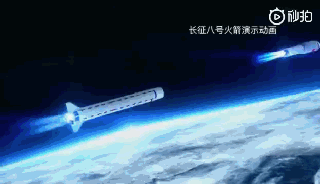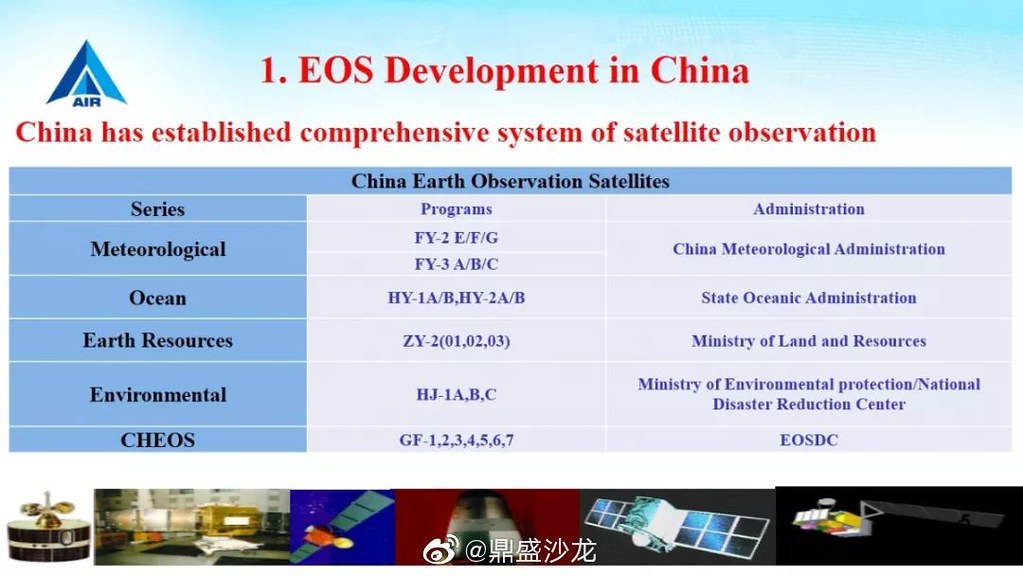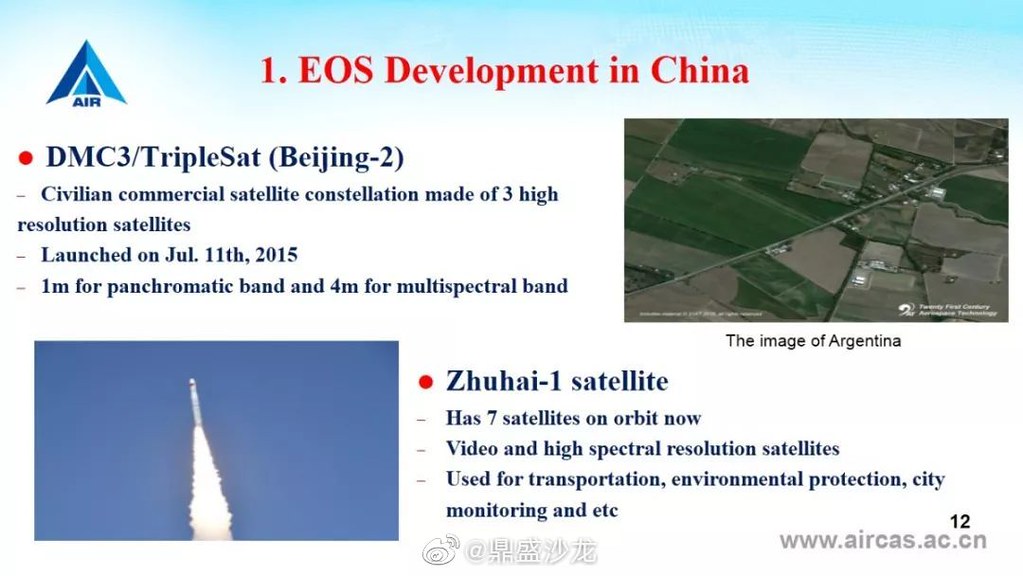You are using an out of date browser. It may not display this or other websites correctly.
You should upgrade or use an alternative browser.
You should upgrade or use an alternative browser.
China's Space Program News Thread
- Thread starter crazyinsane105
- Start date
- Status
- Not open for further replies.
by78
General
Xuntian large-diameter space telescope, planned for 2024. Intended to study star-formation, early universe, etc. It will inhabit the same orbit as the future Chinese space station. For maintenance and repairs, it will dock with the space station.

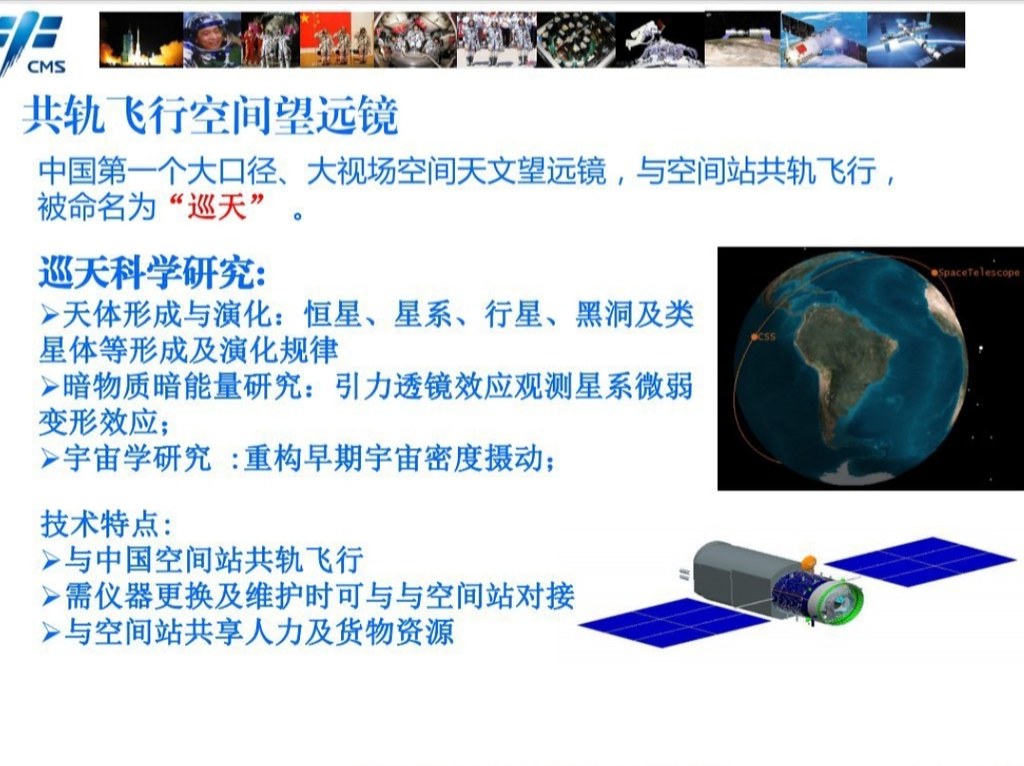
My technical Chinese in optics and astronomy is less than rudimentary. Please help translate. All I can make out is a summary of the lens elements (2-meter diameter something, infrared something...) and intended mission areas.
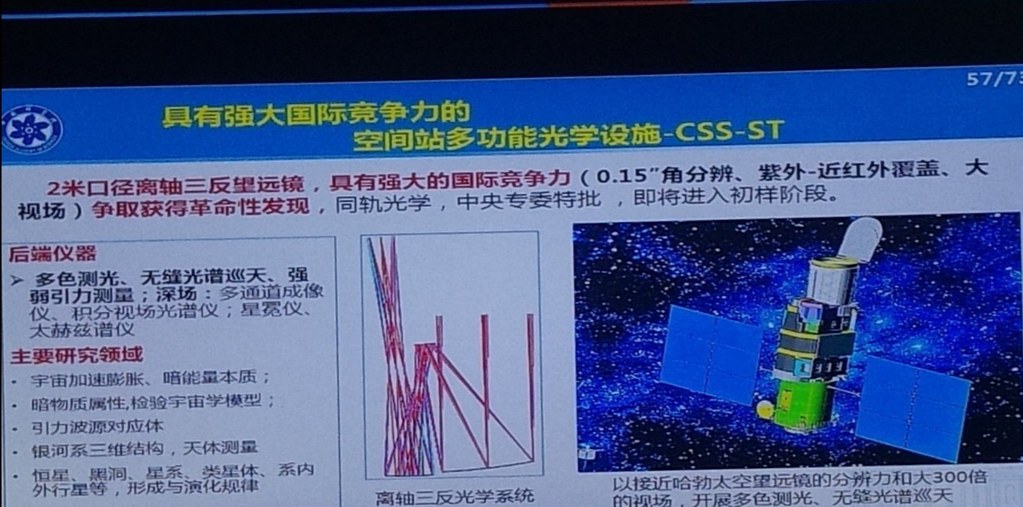


My technical Chinese in optics and astronomy is less than rudimentary. Please help translate. All I can make out is a summary of the lens elements (2-meter diameter something, infrared something...) and intended mission areas.

antiterror13
Brigadier
Xuntian large-diameter space telescope, planned for 2024. Intended to study star-formation, early universe, etc. It will inhabit the same orbit as the future Chinese space station. For maintenance and repairs, it will dock with the space station.


My technical Chinese in optics and astronomy is less than rudimentary. Please help translate. All I can make out is a summary of the lens elements (2-meter diameter something, infrared something...) and intended mission areas.

Great news. How good it is compare to Hubble or James Webb ?
2m diameter lense, Off-axis (离轴), TMA (three mirror astigmatism) reflection (三反). 0.15" angular resolution. Ultra-violet to near infrared spectrum coverage, wide field of view.Xuntian large-diameter space telescope, planned for 2024. Intended to study star-formation, early universe, etc. It will inhabit the same orbit as the future Chinese space station. For maintenance and repairs, it will dock with the space station.


My technical Chinese in optics and astronomy is less than rudimentary. Please help translate. All I can make out is a summary of the lens elements (2-meter diameter something, infrared something...) and intended mission areas.

Most of today's large aperture telescope use two reflective mirrors. There is a hole in the center of the main mirror that passes light from the small mirror at the front onto the sensor. The hole is bad. The solution is to move the light path between the mirrors off the main mirror to the side. Therefor the off-axis. The demands the mirrors to be not in the shape of paraboloic, and the induced distortion to be compensated, therefor astigmatism.
In this specific design, there are three mirrors instead of two, so the three mirror.
I am particularly glad to see that the telescope is put in the same orbit as the station and can be re-docked with the station for maintenance. The Hubble suffered the faulty mirror problem but could not be truly repaired by replacing the mirror. Another advantage is that, the station-keeping motors can be refueled together with the station.
James Webb is totally different thing, not because it is bigger, but because its different spectrum.Great news. How good it is compare to Hubble or James Webb ?
It is more closer to Hubble in terms of the kind of work. The Chinese assessment is that it is around the same as Hubble, some aspects being better, some being less.
antiterror13
Brigadier
James Webb is totally different thing, not because it is bigger, but because its different spectrum.
It is more closer to Hubble in terms of the kind of work. The Chinese assessment is that it is around the same as Hubble, some aspects being better, some being less.
But it says to have a field of view 300 times larger than the Hubble Space Telescope.
by78
General
2m diameter lense, Off-axis (离轴), TMA (three mirror astigmatism) reflection (三反). 0.15" angular resolution. Ultra-violet to near infrared spectrum coverage, wide field of view.
Most of today's large aperture telescope use two reflective mirrors. There is a hole in the center of the main mirror that passes light from the small mirror at the front onto the sensor. The hole is bad. The solution is to move the light path between the mirrors off the main mirror to the side. Therefor the off-axis. The demands the mirrors to be not in the shape of paraboloic, and the induced distortion to be compensated, therefor astigmatism.
In this specific design, there are three mirrors instead of two, so the three mirror.
I am particularly glad to see that the telescope is put in the same orbit as the station and can be re-docked with the station for maintenance. The Hubble suffered the faulty mirror problem but could not be truly repaired by replacing the mirror. Another advantage is that, the station-keeping motors can be refueled together with the station.
Much appreciated.
- Status
- Not open for further replies.

